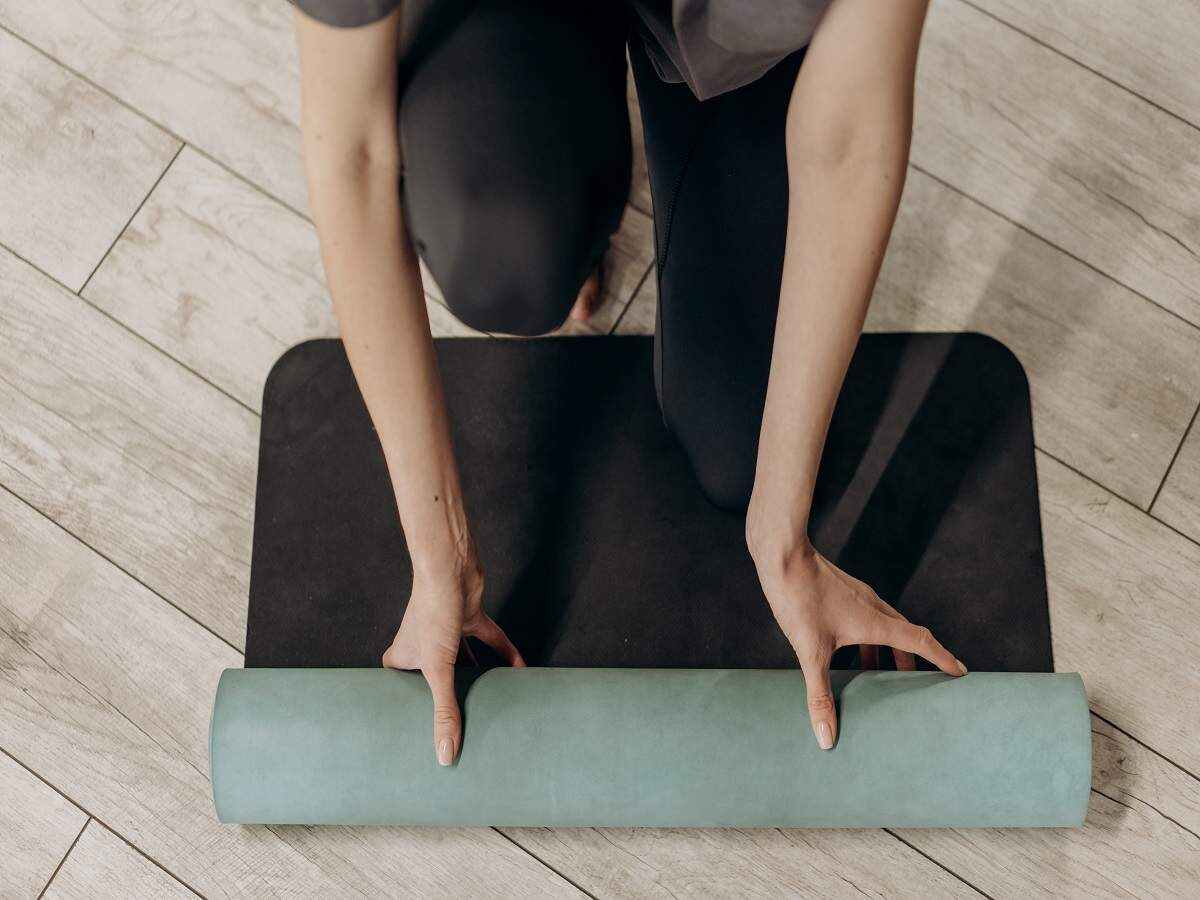It’s not always easy to learn meditation. After all, it’s the kind of activity that requires you to put in a lot of time, effort, and practice before you begin to reap its rewards.
If you don’t want to be left behind when it comes to learning the art of meditation, keep reading for some helpful tips on how to get started. Buy a coussin zafu today.
Start with short periods
As anyone who has ever tried meditation knows, there is no substitute for consistent daily practice. However, if you are just starting out, it’s important to begin by committing to shorter, more manageable sessions. This will allow you to gradually increase your practice over time.
The good news is that even a small amount of meditation can have a big impact on your life. In fact, research suggests that even just 20 minutes a day can result in major improvements in your mental and physical health.
You’ll also find that these shorter meditations will help you build up the motivation required to continue practicing regularly.
Set aside dedicated space
When it comes to meditation, location matters. The first step toward successful meditation is creating an environment that supports your practice. A lot of people start off by trying to meditate while listening to music or watching TV. But if you’re serious about making progress, you need to set aside time and space for it.
You should use a room where you won’t be distracted by noise. And make sure that you choose a spot where you’ll be able to sit comfortably without feeling pain or discomfort.
Use props
Another essential part of your meditation setup is using appropriate props. When it comes to meditation, this means anything that helps to ease anxiety, create focus, or bring awareness into your body.
This could include items like pillows, cushions, blankets, and other soft objects. It’s also worth considering items that help to calm you down, such as scented candles or soothing aromatherapy oils. If you prefer, you might even consider wearing special clothes that remind you of a peaceful place.
Whatever you decide to do, remember that the point isn’t just to make yourself comfortable but also to make the experience seem meaningful and purposeful.
Find a quiet place
When it comes to finding a quiet place, consider choosing a spot close to home where you already spend most of your free time. This way, you can avoid having to travel anywhere else every time you meditate. Plus, it gives you an opportunity to try out different places until you find one that suits you best.
If possible, try to pick a spot with minimal distractions. That includes things like loud noises from outside or neighbors upstairs or downstairs. Also look at how well-lit the area is, the temperature, and whether it’s suitable for sleeping overnight.
Once you’ve found somewhere that works for you, stick to it. Don’t let yourself become too attached to any particular spot. Instead, simply move on once you feel ready to do so.
Start by focusing on something positive
One of the biggest obstacles to successful meditation isn’t lack of motivation – it’s our own mind chatter. To overcome this obstacle, you need to work out a strategy to stop thinking, and the best way to do this is by focusing instead on something positive.
So, for example, if you’re struggling to concentrate, try thinking about what it would be like to relax or sleep peacefully. Or, if you’re worried about going crazy, try thinking about what it would be like to fall asleep naturally, without being disturbed.

Alternatively, you might try visualizing yourself relaxing somewhere beautiful. This approach is especially useful if you tend to worry because it focuses you on specific, concrete details rather than abstract concepts.
Whatever you decide to do, make it clear that your goal is to shift your attention away from your thoughts and back onto your breath, the sounds around you, or whatever image or thought you’ve chosen to focus on.
Keep a journal
Finally, whenever you practice meditation, take note of everything that happens when you do so. This includes everything from the thoughts you think to the sensations that arise in your body to the feelings that flood through you.
Keeping a written record of your experiences allows you to reflect on what happened afterward. It also makes it easier to identify patterns in your behavior. This knowledge can help you understand better why you find certain activities difficult and how to deal with them accordingly.
With these five steps, you’ll be well on your way to successfully meditating every day.
To learn more about meditation, check out the following links:
How to Meditate With No Music
Why Meditation Is Good For Your Health
10 Best Apps for Meditation
Best Free Android Apps for Meditation
15 Best Sites to Learn About Meditation
What Is Mindfulness?
Meditation vs Self-Care: What’s the Difference?
7 Ways to Improve Your Mental Health Using Meditation


